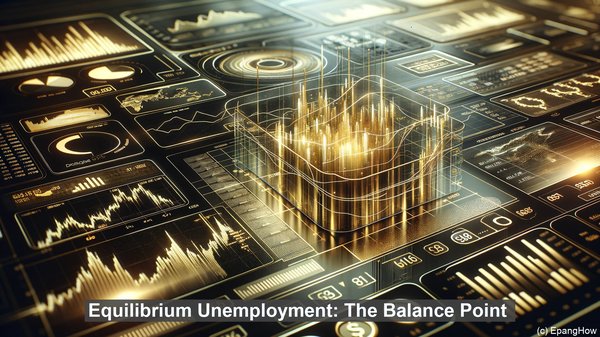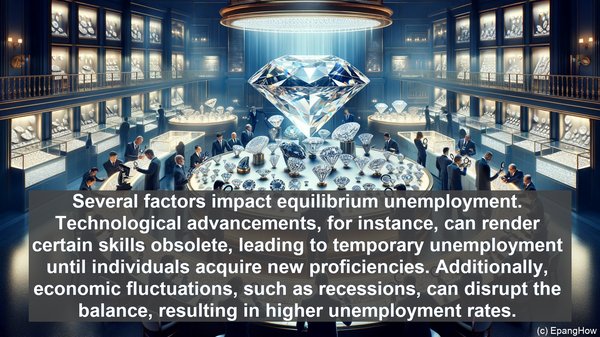Introduction: The Complexity of Unemployment
Hello everyone! Unemployment is a multifaceted issue that economists strive to comprehend. Today, we’ll delve into two crucial aspects: equilibrium unemployment and the natural rate of unemployment. While they may sound similar, they possess distinct characteristics and implications. Let’s explore!
Equilibrium Unemployment: The Balance Point
Equilibrium unemployment refers to the level of joblessness when the labor market is in balance. It’s the point where the number of job vacancies matches the number of individuals actively seeking employment. This state suggests a well-functioning market, with a smooth flow of workers and job opportunities.

Factors Influencing Equilibrium Unemployment
Several factors impact equilibrium unemployment. Technological advancements, for instance, can render certain skills obsolete, leading to temporary unemployment until individuals acquire new proficiencies. Additionally, economic fluctuations, such as recessions, can disrupt the balance, resulting in higher unemployment rates.
Natural Rate of Unemployment: The Inevitable Level
In contrast, the natural rate of unemployment is the level that persists even when the economy is operating at its potential. It consists of frictional and structural unemployment. Frictional unemployment occurs when individuals are between jobs or are new entrants to the labor market. Structural unemployment, on the other hand, arises due to a mismatch between the skills possessed by workers and the skills demanded by employers.

The Significance of the Natural Rate
Understanding the natural rate of unemployment is crucial for policymakers. It serves as a baseline, indicating the minimum level of joblessness that can be achieved without triggering inflation. Attempts to push unemployment below this rate through expansionary policies can lead to an overheating economy and rising prices.
